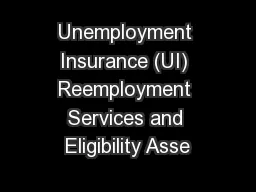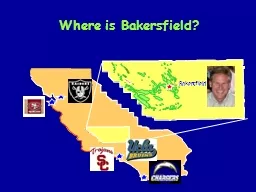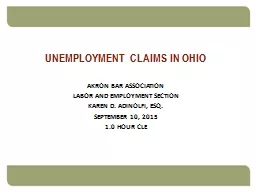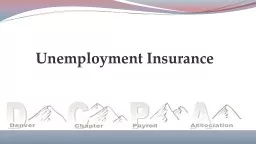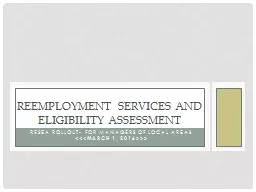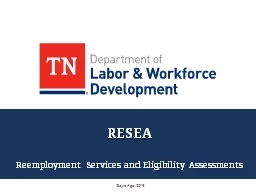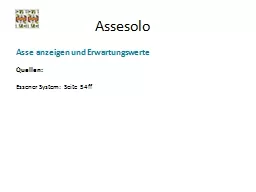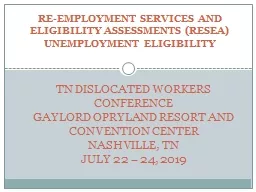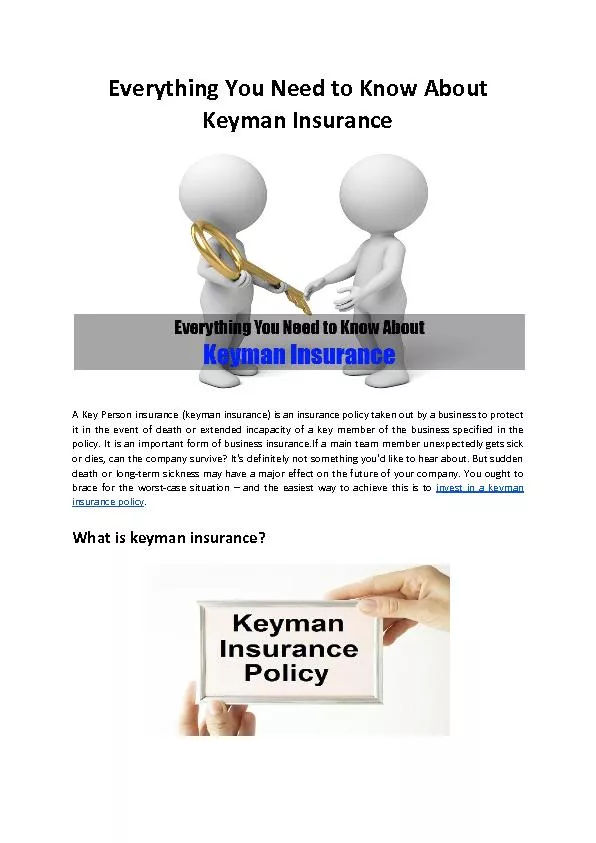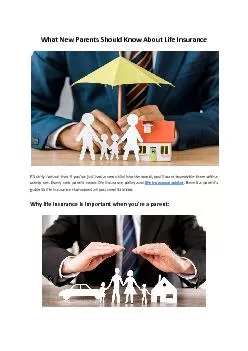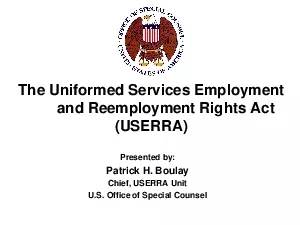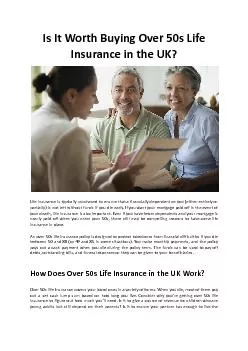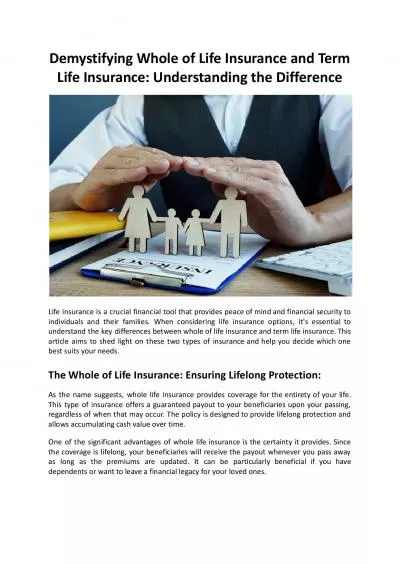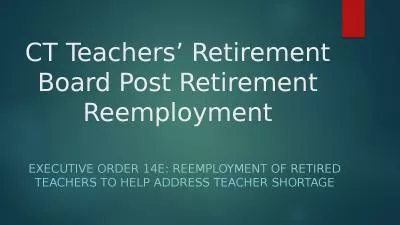PDF-Unemployment Insurance (UI) Reemployment Services and Eligibility Asse
Author : tatyana-admore | Published Date : 2017-11-24
Managing SubawardsFinal Year Closeout RequirementskPublicityPublic Announcementsm 1 1Order of PrecedenceThe terms and conditions of this Notice of Award and other
Presentation Embed Code
Download Presentation
Download Presentation The PPT/PDF document "Unemployment Insurance (UI) Reemployment..." is the property of its rightful owner. Permission is granted to download and print the materials on this website for personal, non-commercial use only, and to display it on your personal computer provided you do not modify the materials and that you retain all copyright notices contained in the materials. By downloading content from our website, you accept the terms of this agreement.
Unemployment Insurance (UI) Reemployment Services and Eligibility Asse: Transcript
Download Rules Of Document
"Unemployment Insurance (UI) Reemployment Services and Eligibility Asse"The content belongs to its owner. You may download and print it for personal use, without modification, and keep all copyright notices. By downloading, you agree to these terms.
Related Documents

